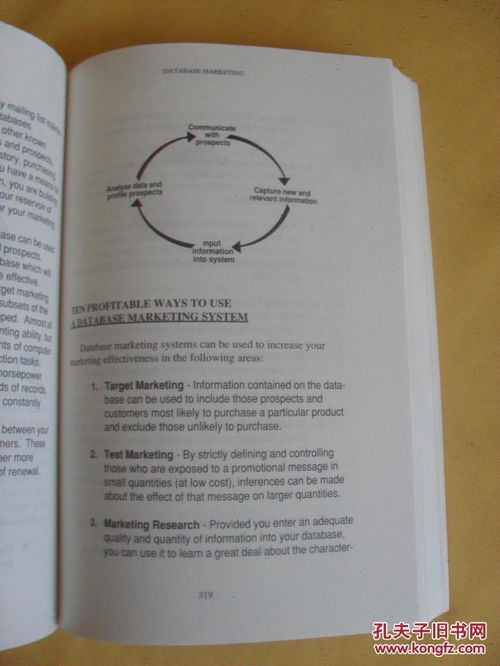Introduction
Fishing is an age-old pastime that offers relaxation, excitement, and a chance to connect with nature. Whether you're a beginner or looking to refine your skills, mastering the art of fishing can be both rewarding and enjoyable. In this article, we'll delve into the essentials of fishing techniques, accompanied by detailed illustrations to help you visualize each step. Get ready to cast away your doubts and hook into a successful fishing experience!
Choosing the Right Gear
Before you can start fishing, you'll need the right equipment. Here's a guide to selecting the perfect gear for your fishing adventure:
1 Rod and Reel
- Rod Type: Depending on the type of fish you're targeting, choose a rod that's suitable for the job. Spinning rods are versatile for both freshwater and saltwater fishing, while baitcasting rods are ideal for casting heavier lures.
- Reel Type: Spinning reels are great for beginners due to their simplicity, while baitcasting reels are more advanced and offer better casting distance.
2 Line
- Monofilament: This is the most common type of fishing line and is suitable for a wide range of fish species.
- Braided Line: Offers greater strength and sensitivity, making it ideal for catching larger fish or fishing in heavy cover.
- Fluorocarbon: This line is less visible in water, making it perfect for stealthy presentations.
3 Lures and Bait
- Lures: These artificial baits mimic the movement of real fish and can be used to attract a variety of species.
- Bait: Live bait, such as worms, minnows, or crayfish, can be highly effective, especially for catching species that are more difficult to lure with artificial baits.
Casting Techniques
Casting is a fundamental skill in fishing. Here's a step-by-step guide to mastering the cast:
1 Grip the Rod
- Hold the rod with a comfortable grip, using the index and middle fingers to press down on the reel handle.
2 Load the Reel
- Wind the line into the reel until there's enough tension to cast the lure or bait effectively.
3 Swing the Rod
- Swing the rod back and forth, keeping the line tight and allowing the lure or bait to follow the rod's path.
4 Cast the Line
- As the rod swings forward, release the line with a flick of the wrist, allowing the lure or bait to fly through the air.
Knot Tying
Learning to tie the right knots is crucial for successful fishing. Here are some essential knots:
1 Palomar Knot
- This is a versatile knot suitable for a wide range of fishing situations.
2 Clinch Knot
- A simple and reliable knot for attaching lures and baits to the line.
3 Improved Clinch Knot
- An improved version of the clinch knot that is easier to untie and more secure.
Baiting Techniques
Once you've cast your line, it's time to present your bait or lure to the fish:
1 Natural Bait

- For natural bait, such as worms or minnows, thread the bait onto the hook and position it so that it's realistic and appealing to fish.
2 Artificial Lure
- With artificial lures, experiment with different retrieves and movements to mimic the behavior of real fish.
Setting the Hook
When a fish takes your bait, it's important to set the hook quickly and effectively:
1 Sensitivity
- Feel for the weight of the fish on the line, indicating that it has taken the bait.
2 Set the Hook
- With a quick, upward movement of the rod tip, set the hook into the fish's mouth.
Landing the Fish
Once you've hooked a fish, it's time to land it:
1 Lining the Fish
- Keep tension on the line, guiding the fish toward the shore or boat.
2 Netting the Fish
- Once the fish is close enough, use a net to gently scoop it out of the water.
Conclusion
Mastering fishing techniques takes practice and patience, but with the right guidance and a little know-how, you can enjoy a successful and enjoyable fishing experience. Use this step-by-step guide and the accompanying illustrations to refine your skills and become a fishing pro in no time. Happy fishing!












